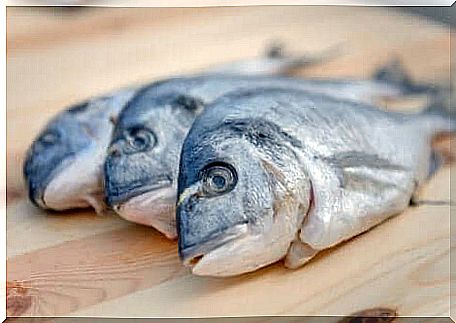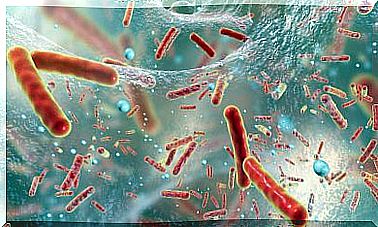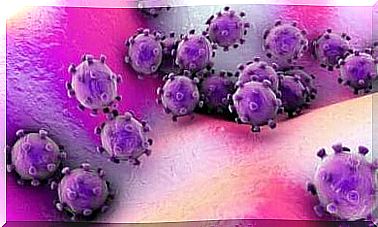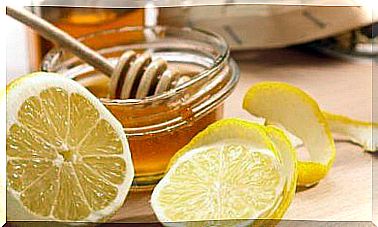Allergens On Food Labels
If you suffer from a food allergy, it is necessary to know how to read all the ingredients in foods because some allergens are not listed as such on the labels. Learn more in this article!

Most people can eat a wide variety of foods without any problem. However, more and more people are suffering from allergies to certain foods or components thereof. It is therefore necessary to know and learn to read allergens on food labels.
Remember that ingesting a product that can trigger an allergic reaction is dangerous and counterproductive. We therefore advise you to consult a specialist if you think you may be suffering from hypersensitivity to a certain food.
What is a food allergy and what are its symptoms?
Food allergy is an overreaction of the body to a food or one of its components (allergen) that activates the immune system. An allergen causes a series of chain reactions in the immune system of a person who is allergic to substances that it detects as foreign.
Symptoms can appear almost instantaneously, when eating or touching the food, or even inhaling its cooking fumes, even in minimal amounts. It can affect:
- The skin: hives, redness or itching.
- Lips, mouth, tongue, face and / or throat: inflammation.
- The digestive system: vomiting, abdominal pain, diarrhea, nausea.
- The respiratory system: mucus or nasal congestion, sneezing, asthma, cough, breathing problems.
- Whole body: anaphylaxis, which can cause death.
Allergies to foods or their components are hereditary and normally are identified in the first years of life, with the gradual introduction of foods.
Allergens on labels
Have you eaten a food and felt that your mouth was prickling or that you had gastrointestinal problems? You may be allergic to any ingredient in this product and did not know it contains it. This is why it is important to know how to look at food labels.

What allergens are present on the labels?
Regulation UE9 Nº 1169/2011 of the European Parliament and of the Council of 25 October 2011 on food information provided to consumers obliges to inform of the presence of 14 substances which may present food allergies or intolerances:
- Cereals with gluten.
- Shellfish.
- Eggs.
- Pisces.
- Peanut.
- Milk.
- Soy.
- Nuts.
- Celery.
- Mustard.
- Sesame.
- Sulfur dioxide and sulphites.
- Lupines.
- Molluscs.
If you are, or think you are, allergic to any of these foods or ingredients, you must look at the food label as it must be mentioned.
What are the most common allergies?
Cow’s milk protein
The proteins in cow’s milk and those in whey are responsible for cow’s milk allergy, according to a study published in Clinical Pediatrics. This allergy appears in children when they start to drink from a bottle.
It usually goes away as they get older, but until then it is important to control their diet, eliminating all products that contain milk.
It is compulsory to mention milk on the label, just as it should be indicated for unpackaged foods, such as in restaurants. It is also necessary to pay attention to drugs and additives.
Egg
The proteins in egg whites and yolks can act as allergens. Eggs are one of the most common allergies in children and usually go away within the first 6 years.
It can also be treated effectively with immunotherapy, according to current scientific literature. In addition, in addition to seeing if a food contains egg, it is also necessary to pay attention to certain additives, such as lecithin, E322.
Fish

Its proteins, such as the histamine it may contain, can be responsible for allergic reactions. Allergy to white fish is more common than allergy to blue fish, cardine, hake and whiting being among the most implicated in this disease.
Sea food
The seafood classes that produce allergies most frequently are crustaceans, followed by molluscs. Allergy to seafood is common in adulthood because it is one of the foods that causes the most allergies. It is for this reason that the consumer must be informed.
Legumes
The main legume responsible for allergic reactions is lentil, followed by chickpea. Special attention should be paid to thickeners and stabilizers as many are based on legumes. Take a good look at the label. Legumes, except soybeans and lupines, do not have to be highlighted because, at European level, they are not considered to be allergens.
Fruits
Allergies particularly occur with the Rosaceae family : peach, plum, cherry, apple, etc. It is very important to pay attention to the labels because they are not put forward like legumes.
Dried fruits
Dried fruit allergy is one of the most common and serious. Due to the possible severity of symptoms, people should avoid contact with these fruits. Nuts and sesame must appear on the labels.
Sulphites
Another of the allergens listed on the labels is sulfite. Sulphites are used as preservatives for foods (fish, seafood, dried fruits) and drinks (wine and other alcoholic beverages).
Read labels to avoid allergens
Keep in mind that an allergen statement always appears on the labels. Make a habit of reading them to avoid health problems that could cause complications. If you think you have an allergy, go see a professional for a precise diagnosis.









